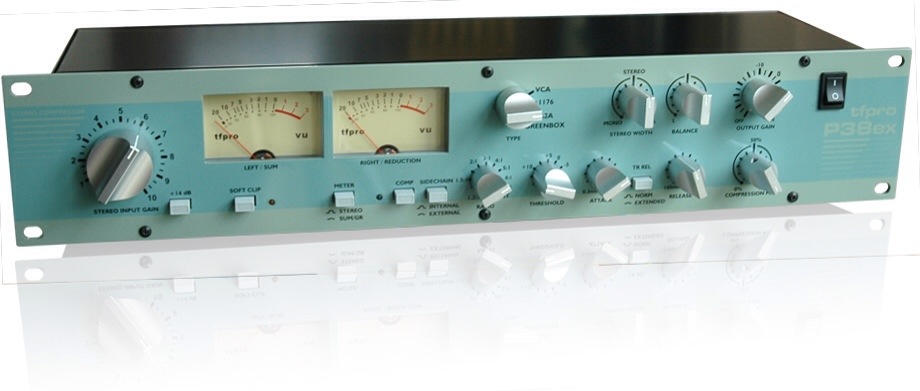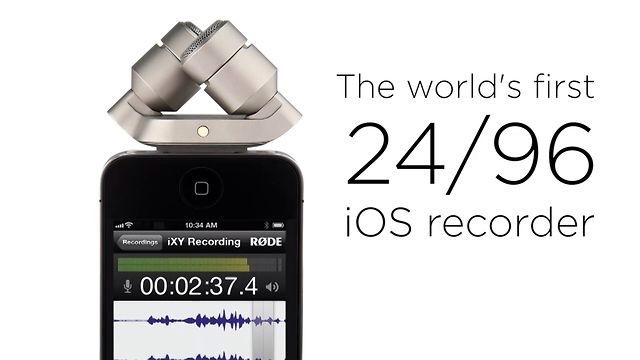INC 21 Ways To Motivate Yourself
Motivation continues from day 1 till the end. There are times some people get weary, tired, and discouraged. But here are 21 ways to keep the motivation going for days, months, and years to come.
1. Necessity. This one is incredibly underrated which is why I put it first. You have bills that have to be paid and employees who are counting on you. If those two things won’t keep you going, I don’t know what will.
2. Personal pride. Although they rarely talk about it publicly, many entrepreneurs are extremely proud of what they have accomplished and take (usually quiet) satisfaction in keeping the enterprise going no matter what problems arise.
3. A mission to change the world. A significant number of the entrepreneurs and business people I talked to truly believe their offerings will make the world a better place. It is the deeply help belief in that mission that keeps them going.
4. Quotes. Inspirational quotes were cited by many, but how they used them were as unique as they are. Some literally had a wall or white board filled with quotes they had discovered through the years, while others took to putting a particular favorite (such as “just keep swimming,” from the kids’
5. Support groups (Part I.) Many entrepreneurs met periodically with other entrepreneurs who could offer words of encouragement and advice when they were stuck.
6. Support groups (Part II). Even if they did not ask for advice, simply being associated with other successful people made the entrepreneurs I talked to work harder. They didn’t want to fall behind their peers.
7. Consider the alternative. This one, too, took two forms. To keep themselves going, some entrepreneurs either thought back to the days before they started their companies and recalled how unhappy they were working for someone else. Or they pictured what it would be like to once again have a boss. Either image, they said, was enough to keep them going.
8. “I’ll show them.” More people than I would have thought say they keep going no matter what to prove to all the people “who told me I would never be successful, that they were wrong.”
9. A legacy. Knowing that their company may be the only real thing they are remembered for, or hoping that their kids will take over the business someday, keeps many entrepreneurs going, when times get tough or they simply get tired.
10. Build up momentum. Goals like: $500,000 in sales within the first year can sound awfully daunting from a standing start, i.e. you are beginning with no revenues. But, if you say, “let’s get $41,666.66 coming in this month; and $41,666.66 next month,” the numbers don’t seem as big, and you get a chance to celebrate 12 small wins, as well as the one big one, when you hit $500,000 in sales.
11. Figure out why you are tired. Simply knowing why you feeling blah can help, at the very least. At best, it will tell you what needs to change.
12. Visualization. Just focusing on what success will ultimately look like can keep you going.
13. We’re close. It may be the inherent optimism that most entrepreneurs have but truly believing that they are not that far away from a major breakthrough keeps many of them going.
14. Exercise. Sometimes being tired, depressed and wrung out is “simply” a matter of over-work or being out of shape (or both.) Taking a break–at regular points–could be enough to keep you going. And at the very least, if you get into shape you will have more energy–even if your exercise program doesn’t do a darn thing to improve your company’s performance.
15. Learn from your mistakes. Having things go wrong–you lost the sale; the client hates your work–is enough to get anyone down. Accept that and give yourself a short period of time to feel bad. Then learn from the experience and move on.
16. Don’t get in your own way. There will be enough circumstances beyond your control which will have the ability to depress you. Don’t add to the list yourself. Simplify everything you can. (Leaving yourself 10 minutes less than you need to get to the airport is never a good idea.) Delegate the stuff you are bad at. And become as organized as humanly possible. Creating more stress than you have to for yourself is simply dumb.
17. Keep score. If you are keeping a running tally of the jobs completed, clients landed, sales recorded since you first opened your doors, seeing the numbers increase–and wanting them to increase further–can be a great motivating force.
18. Keep telling yourself the best way to predict the future is to create it. And then go create it.
19. Get some sleep. When you are tired, everything seems worse than it is.
20. Others, too have suffered. Knowing that everyone is going through what you are going through now may not make you feel better. But it might.
21. When all else fails… keep putting one foot in front of the other. Tackle one thing that is important to do. And then another. You may still feel weary, but you will be that much closer to accomplishing your goal.
[Al Lindstrom]




